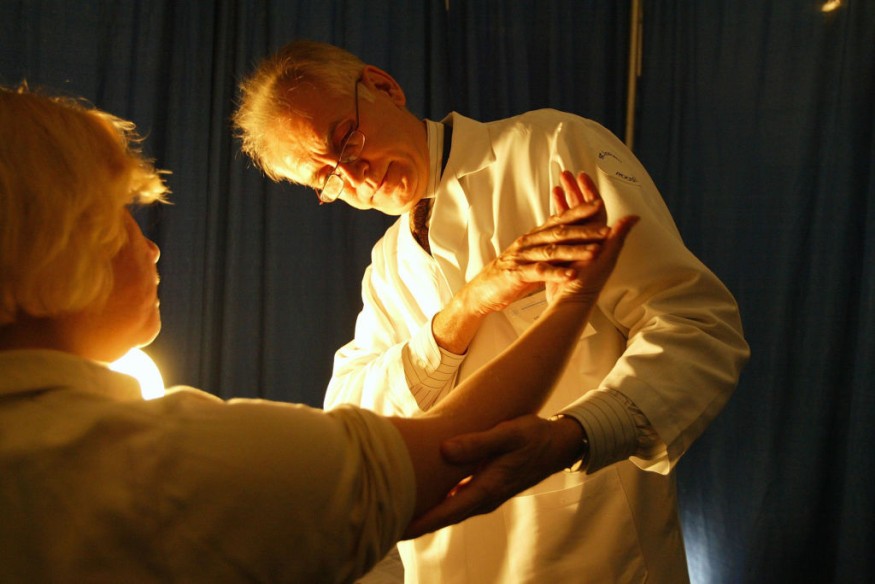One of the most common types of cancer in the US is skin cancer. Over the lifespan, approximately one in five persons in the nation contract melanoma.
A variety of misconceptions also surround it, considering the increasing prevalence of the illness, hindering citizens' willingness to defend themselves from the disorder.

Skin Cancer Misconceptions and Reality
For anything as life-and-death situation as skin cancer, to keep people healthy in the heat, common myths and information disparities must be dismissed.
Higher SPF indicates more exposure to heat.
Relative defense from ultraviolet (UV) B radiation, the primary source of reddening and sunburn, relates to SPF, or sun protection factor.
The British Association of Dermatologists (BAD) Professor Brian Diffey told Raconteur that people generally understand as how much longer it takes for sunscreen-covered skin to burn relative to exposed skin.
People mistakenly believe that using a higher SPF implies they will remain longer in the sun without hurting if they adopt the same theory.
In fact, irrespective of the ranking, any SPF product's blocking impact only lasts for approximately two hours until it needs to be reapplied.
However, experts warn that the prescribed levels of sunscreen are rarely used by individuals, limiting their safety to half or even a third of the labeled SPF.
Importantly, no protection against UVA rays penetrating deep into the skin is offered by the SPF rating. They may even induce skin cancer, but they don't lead as much to sunburn. The UVA star ranking should also be tested by customers, from one (minimum) to five (maximum), representing the absorbed UVA radiation percentage.
ALSO READ : Your Cup of Joe Could Prevent Skin Cancer
'I still stay in the shade on holidays, so don't think about sunburn and skin cancer.'
It is a great necessary precaution against skin cancer to seek out shade, specifically when the sun is highest around 11am and 3pm.
But Cheryl Lythgoe, Benenden Health's head matron, also advised Raconteur that resting alone in the shade does not provide extra security as ultraviolet rays spread more quickly in the environment than visible light. The UV light will then bounce and refract on to the skin and still cause harm.
Reflective surfaces such as water or light-colored sand heighten this influence, while the sun may also filter through both the dappled shadow of trees.
Dress at least 30 SPF sunscreen, a wide-brimmed hat and clear eyewear, also in the shade.
UV Light Only Causes Skin Cancer
The primary culprit of skin cancer is sensitivity to the sun, although other factors exist:
- Exposure of ultraviolet (UV) light from tanning and occupational devices
- Family history of cancer of the skin and other hereditary variables
- Age
- A compromised immune system
A greater chance of skin cancer is often experienced by people with freckles, and numerous or rare moles.
Dark-skinned individuals had no skin cancer
No one is free from cancer of the skin. Skin cancer may occur in people of all skin colors, including African-Americans, Asians, and Hispanics.
Although skin cancer happens more commonly in lighter-skinned individuals, the mortality rates in darker-skinned individuals are higher.
Saira George, M.D., a dermatologist for MD Anderson, said skin cancer is also detected later at a more advanced level. That's because the risk of skin cancer growing on darker skin may not yet be noticed by both physicians and patients before it is too late.
Signs of Skin Cancer
According to Stuff.nz, Melanoma New Zealand uses is an ABCDEFG method to check on moles and freckles.
Asymmetry. One part of a mole or freckle varies from the other.
Border irregularity. The margins, notched, irregular or blurred, are badly defined.
Color (uneven). Black, Brown, and tan tones are present. Blue, grey, red, pink, or white colors can be present as well.
Different. An "ugly duckling" looks distinct from other areas, freckles or moles.
Evolving. Any growth shift, recent, elevated or painful.
Firm. Feels steady to the touch.
Growing. The moles that are bigger than 6mm and begin to expand.
Prevention is still going to be the answer, however accidents do happen and what exposure you have received in the past can't be reversed. This doesn't mean that potential security won't benefit either. It takes a lot of time to invest in yourself, get screened and keep an eye on your face.
ALSO READ : Spotting Skin Cancer Before It Gets Too Serious
Check out more news and information on Medicine and Health on Science Times.











